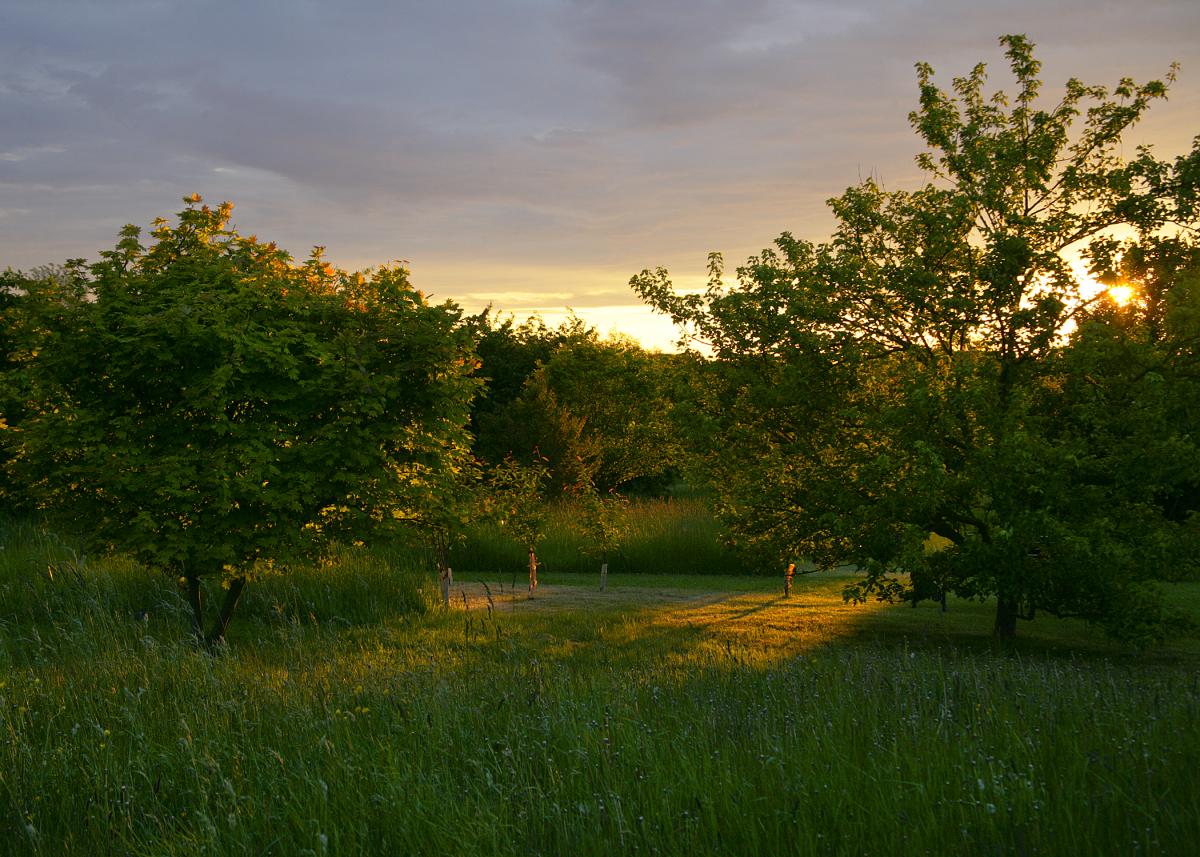
Folklore in the Forest
Have you ever been in the Forest and felt a sense of magic? That moment when sunbeams are cascading over the leaves and light shimmers across the streams causing them to sparkle, or perhaps when starlight peeks through winter branches creating an atmosphere that is otherworldly? With these snippets of escapism, it is no wonder that the Forest is home to so many stories, myths, and folklore.

Fairies
The earliest record of a fairy was the 13th century, yet there is still little evidence to prove their existence, perhaps this is because they are notoriously shy and hide away from humans and animals? They are very secretive creatures. Stories over time depict fairies and nymphs as the spirits of trees and streams – and with trees and streams in plenty at the Heart of England Forest, we have many areas that would be perfect for these curious magical creatures to live in and hide.
Fairies, by profile are good-natured, but also renowned for being a little mischievous so watch your feet when out walking in our woodlands - fairies do find it funny if you have a little trip. Sticks and stones can often be found on our footpaths, sometimes much bigger obstructions depending on how many fairies are out in force. Our forestry team members do their best to keep access in the Forest clear, but if you do spot an obstruction that you believe to have been caused by fairies or even the weather, please let us know so we can get the footpaths and permissive paths safe again for our visitors.
So, where are you likely to see them? Well, it is believed they live in old rotting tree stumps, so that they are overlooked and unbothered by humans or animals. So, we leave these in the Forest as to not disturb them. Even if you suspect a tree stump to be vacant from fairies, old tree stumps provide a miniature ecosystem, from wood decay or xylophagous fungus, lichens, mosses, to invertebrates and birds. Therefore, we ask you not to disturb tree stumps by climbing on them, as a high percentage of our Forest relies on these micro habitats.
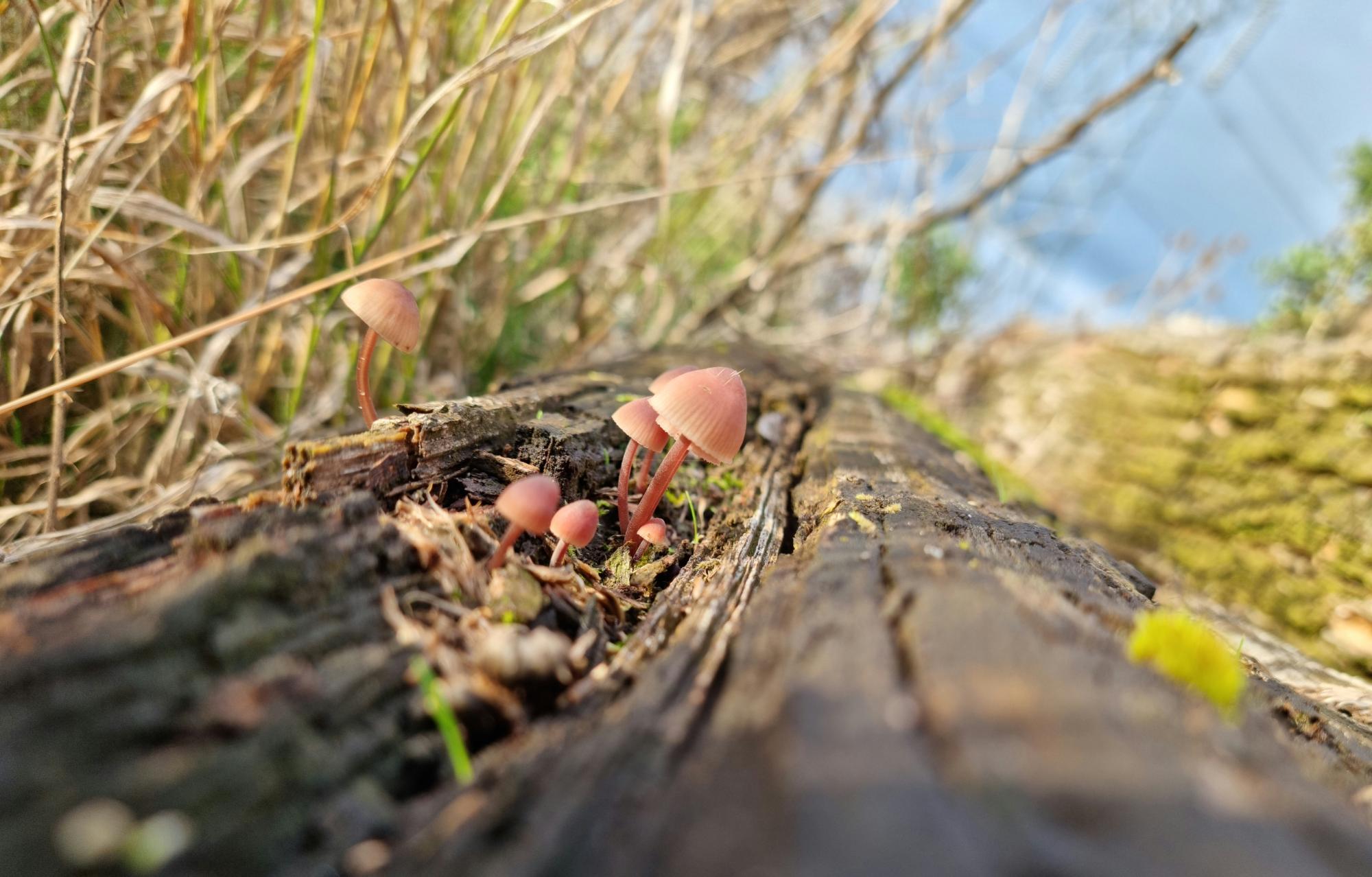
Fairies are also associated with toadstools and rings of mushrooms round a tree. It is said that a circle of mushrooms is a place for fairies, elves and pixies to dance and be free – the mushrooms act as a protective shield.
You can imagine with such tales, it could be tempting to join in, however we recommend visitors in the Forest don’t stand and dance inside the fairy circles. This is not only because we do not want you to upset the magic imbalance and suffer consequences of the fairies’ wrath, but also because the ground within the circles holds a very delicate system of mycelium. Mycelium webs act as communication channels between organisms and plants, possibly even another world. So, whatever you do – do not step inside a fairy ring.

Forest magic in literature
The existence of fairy circles is not just taboo or found in folklore tales, but these curious phenomena have made their way into some of the most respected English literature, including William Shakespeare’s collections.
But Athenian found I none,
On whose eyes I might approve
This flower's force in stirring love.
Night and silence. Who is here?
Weeds of Athens he doth wear:
This is he, my master said,
Despised the Athenian maid;
And here the maiden, sleeping sound,
On the dank and dirty ground.
Pretty soul! she durst not lie
Near this lack-love, this kill-courtesy.
Churl, upon thy eyes I throw
All the power this charm doth owe.
When thou wakest, let love forbid
Sleep his seat on thy eyelid:
So awake when I am gone;
For I must now to Oberon.”
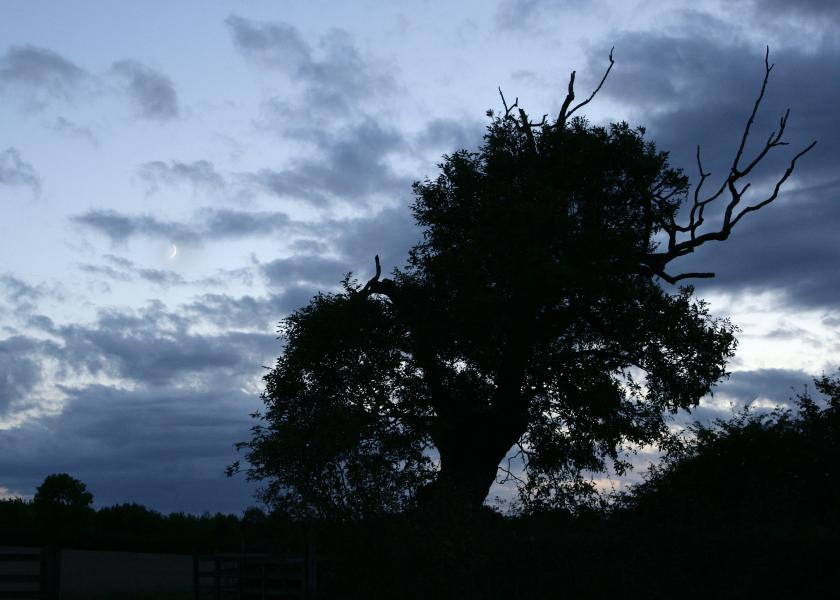
This quote from William Shakespeare’s Midsummer Night’s Dream leaves us with the question: where did he draw his inspiration for a forest from?
The birthplace of Shakespeare being only minutes drive from the Heart of England Forest, leaves us with the exciting thought that we could be rebuilding the very place where this prestigious English writer drew inspiration for such magnificent tales.
There are clues in the ancient semi-natural woodlands that we protect as part of the Forest, that they mimic the old Forest of Arden, especially in the oak trees and hedgerows above the River Avon. However, even in the 17th Century during Shakespeare’s time there was a decline in the Forest of Arden.
Interestingly, various findings by ecologist Dr Stephen Falks indicate that there are still areas of the ancient countryside in Warwickshire that remain. So, you might not be able to stroll through the Forest that Shakespeare knew, but individual ancient oaks and hedgerows are still a powerful link to the past. You can enjoy a walk in the Heart of England Forest and wonder if Shakespeare trod that ground - we have plenty of footpaths for you to explore.
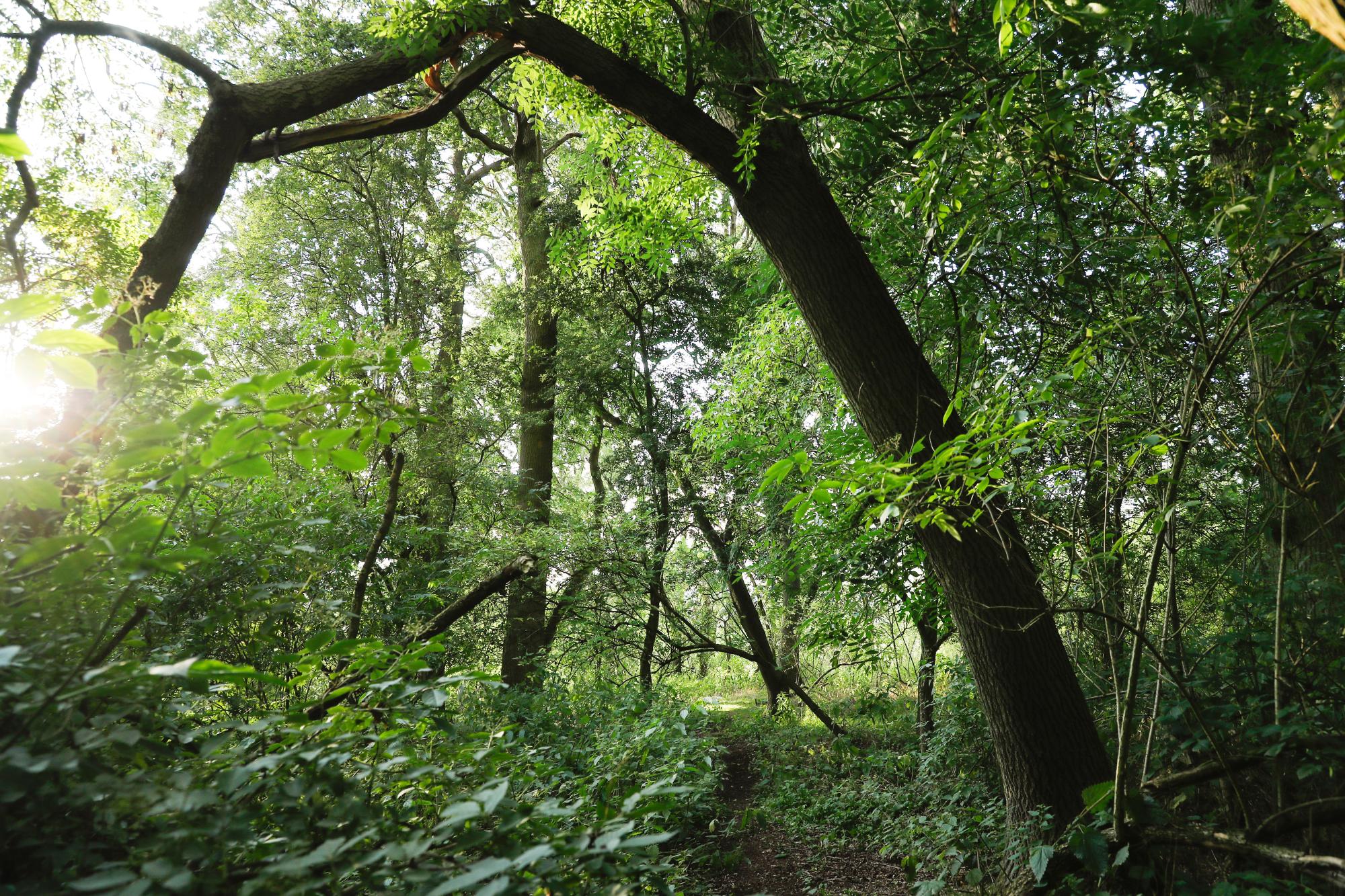
Trees - symbolism and myths
It is no surprise that trees and tree worship feature heavily in both ancient and modern stories and folk tales. Look below at a couple of examples of trees with a sprinkle of magic behind their name:
Beech
The beech tree, brightening the forest with its fresh lime green leaves, is seen as the queen of the forest and consort to the oak king. To the druids, it symbolised ancient wisdom and it was the sacred wood of the summer solstice. In folklore, it is believed that if you write a wish on a beech twig, then bury it, your wish will come true as the twig decays.
Hazel
Hazel trees are believed to have magical properties and to protect against evil spirits. They were a symbol of fertility in medieval times. Stirring jam with a hazel twig is thought to stop those mischievous fairies from stealing it!
Many trees hold fantastic folklore tales as well as biodiversity importance, so why not take a glance at our tree guide and find out more.
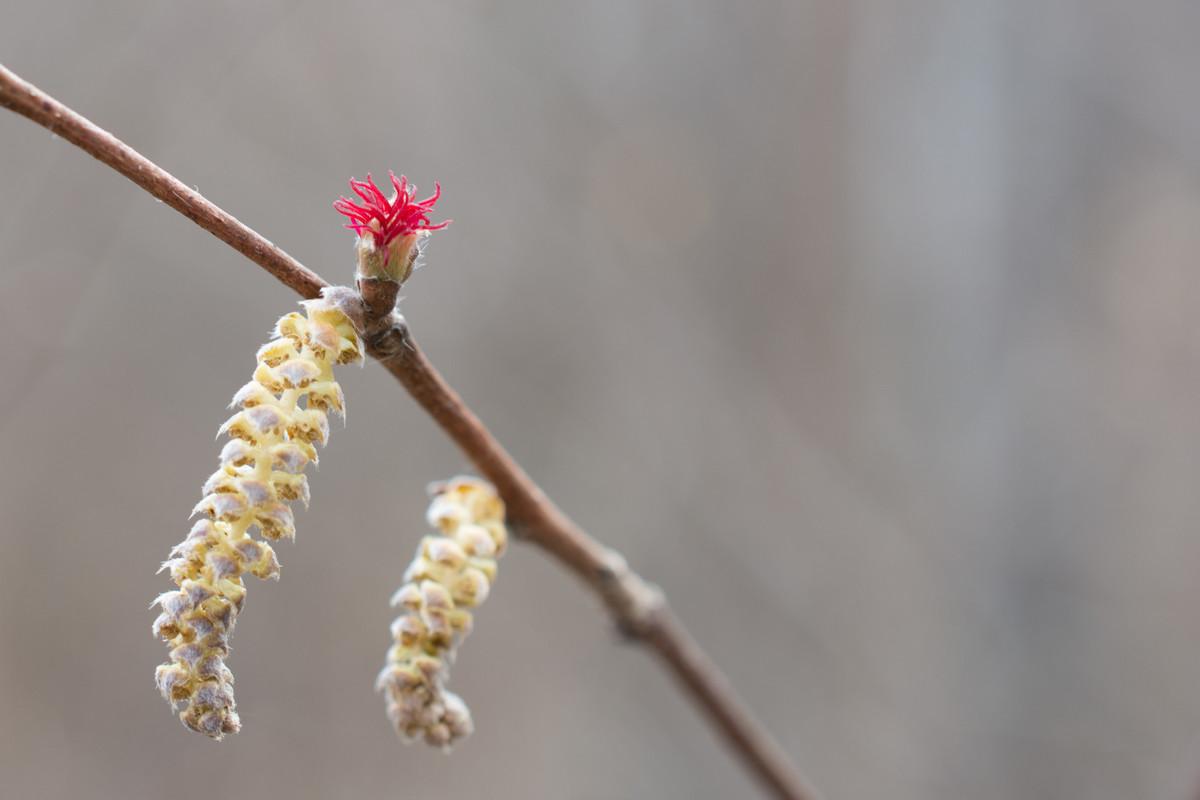
Experience the Forest for yourself
If you would like to visit the Forest and experience the magic, you can plan your visit here.
Please note that we cannot confirm or deny the presence and habitation of mythical creatures in our Forest.



